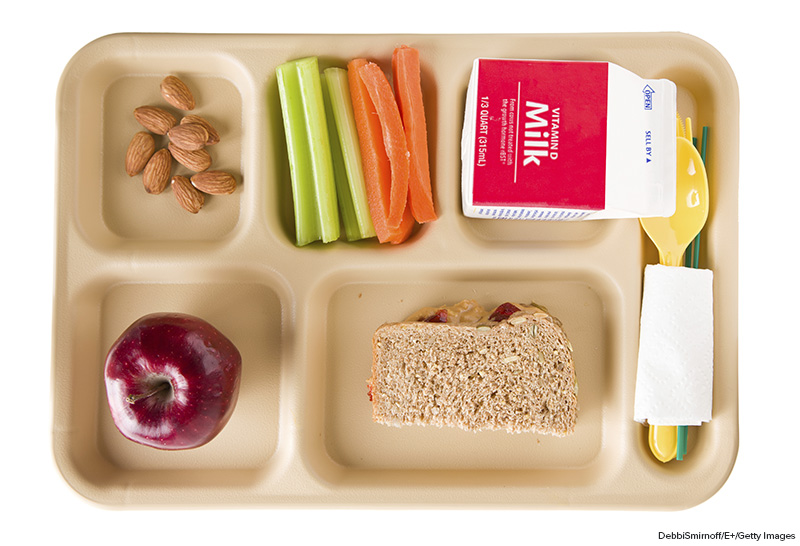No Such Things as Free Lunch?
It’s no secret that students like to joke about school lunches. But in reality, these meals provide vital sustenance for hundreds of thousands of children in the United States who otherwise might go hungry. Now, however, the Trump administration is taking aim at school lunches, changing the rules on who is eligible to receive them and who isn’t, as well as shifting the process that families will have to go through in order to participate in the program. Here, btw takes a closer look at the proposed changes and their possible impacts.
The Impact on Children
By all estimates, more than 30 million U.S. schoolchildren currently receive free or reduced-price school lunch. But the Trump administration is concerned that there are students receiving this benefit who shouldn’t be. Let’s backtrack a minute: the White House isn’t taking aim at school lunches directly, but rather at the Supplemental Nutrition Assistance Program, or SNAP (commonly called “food stamps”). Currently, the states have somewhat flexible control over who is and is not eligible for these benefits. But the federal government wants to tighten that up, arguing that current loopholes in the system allow people who wouldn’t otherwise be eligible to slip through the cracks and receive benefits anyway. Under this new, more-controlled plan, it’s estimated that more than 3 million people will lose access to the food stamp program.

How does this tie into school lunch? According to a 2004 law, in any family that receives SNAP benefits, the children are automatically enrolled in their school’s free lunch program. Fewer families on food stamps mean that fewer children will be eligible for school lunch. And for those who are still eligible, the government is adding yet another hurdle: the children are not automatically enrolled, meaning that their parents and guardians must fill out forms to get them into the free lunch program.
While filling out a form may not sound like a big deal to most of us, it can be a huge deal if a person doesn’t speak English, doesn’t understand the system, or is afraid of the social stigma involved in receiving free lunch. As a result, the government estimates that 942,000 children will be removed, temporarily or permanently, from the program.
The Impact on Immigrants
The Trump administration has also recently proposed a new plan that would require anyone seeking citizenship to prove that they won’t rely on public assistance programs, such as food stamps. But in many households, the children are citizens (and thus eligible to receive SNAP benefits and free lunch) even if their parents are not. However, parents are reluctant to enroll their children in the program because they are afraid that doing so will keep them from being able to become citizens.
The Impact on Schools
Currently, any school with at least 40 percent of its students on free lunch is allowed to provide free lunch to all of its students. This saves the school administrators a lot of time and paperwork and also eliminates the social stigma involved. (At these schools, no one feels embarrassed about receiving free lunch, because everyone does.) But under the new rules, more than 2,000 schools are at risk to drop below that threshold, meaning that they will no longer be able to provide free meals to all students. And there’s another possible impact as well: schools receive special Title I funding dollars from the government if they have a lot of low-income students.
How does the government determine how to allocate these Title I dollars? You guessed it: the decision is based on the number of students at that school who receive free or reduced-price lunch. Therefore, under the new plan, not only will low-income students not receive the nutrition they need, but entire school districts could feel the crunch.
